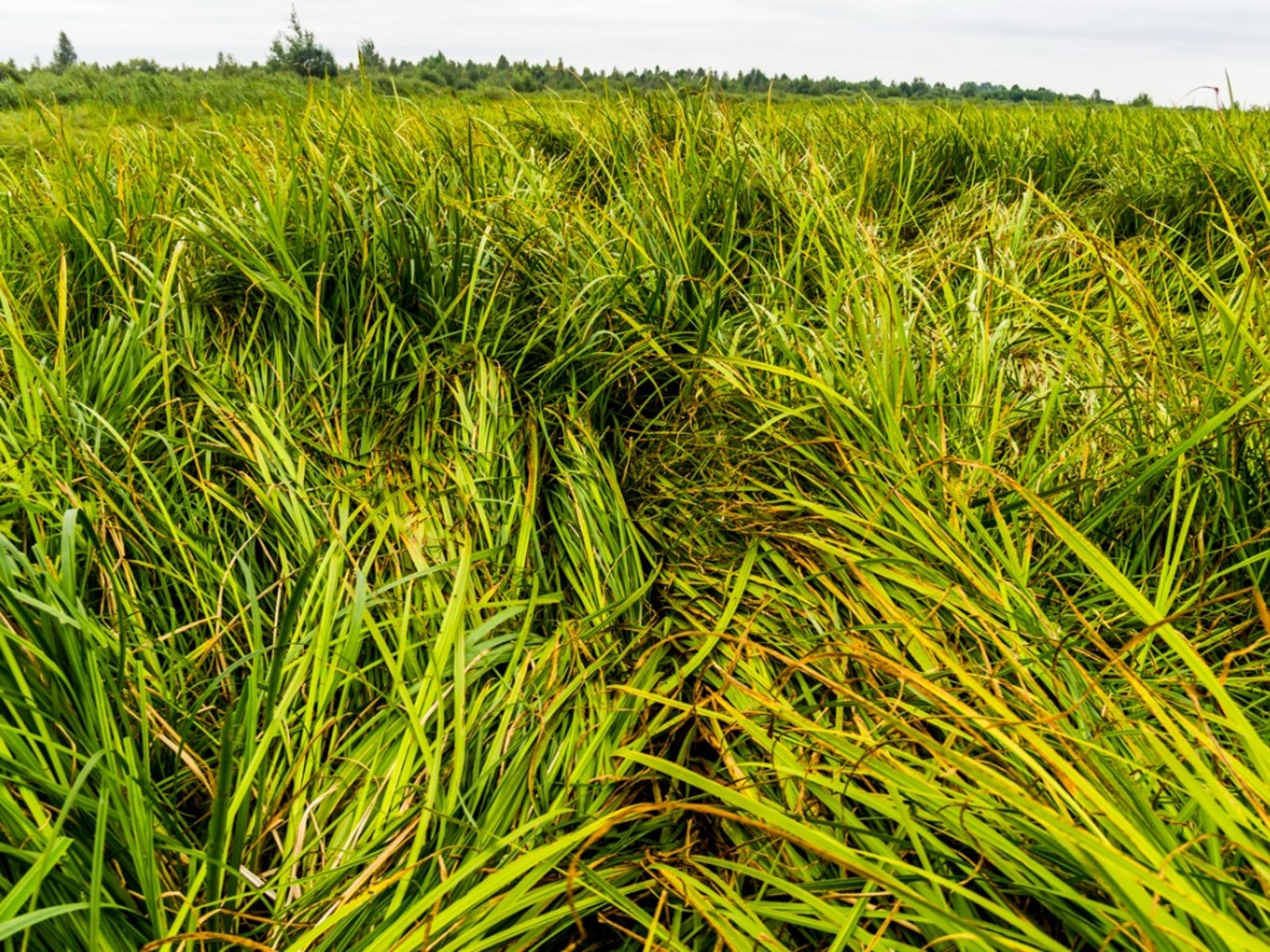Ornamental Grass For Sand - What Grass Grows On Sand


One of the best ways to create drama and movement in the landscape is by the use of ornamental grasses. These stoic plants are known for their tenacity, beauty, and ease of care. But what kind of grass grows best in sand? Finding ornamental grass that grows in sand isn't as hard as one might think. Many of these plants were developed from dune and desert grasses. So the ornamental grass/sandy soil combination is actually quite possible. Most prefer well draining soil, have low nutrient requirements, and many are often cultivars of plants that grow in sandy regions. Plus, ornamental grass for sand is versatile and adaptable.
What Grass Grows on Sand?
Sandy sites can be tricky places to plant. They either will need soil amendment or you have to choose plants that are naturally at home in gritty, inhospitable soil. Enter ornamental grass for sand. Many of the varieties are suited for such substrate, making ornamental grass sandy soil an almost perfect combination. But first, you must learn which genera are the most content in that environment. Then you can pare down to your favorite cultivars. Some of the genera most tolerant of sandy soil are:
- Festuca
- Phormium
- Pennisetum
- Panicum
- Cyperus
- Carex
- Deschampsia
- Acorus
- Miscanthus
- Helichtotrichon
- Nassella
- Calamagrostis
- Chondropelatum
Selecting Ornamental Grass That Grows in Sand
Before you get shopping, consider how large you want your plants. Miscanthus, for example, can get quite tall and wide. You don't want grasses blocking your view unless you are looking for privacy. Some grasses are evergreen, but many are not. Be prepared to have brown winter foliage and cut back the blades in early spring to make way for a new flush of growth if you select deciduous varieties. Check plant tags carefully to see what the plant's average water needs will be. If you don't want to water daily, make sure you select one with low moisture requirements. Consider using mulch around the root zone to conserve moisture and keep soil cool. Also make sure the plant will be hardy in your zone.
What Kind of Grass Grows Best in Sand?
Once you have considered the site conditions and decided the sizes of grass you require, it is time for the fun stuff. Shopping. Here are some almost fool proof cultivars for the sandy soil garden.
- Cape Rush- Fairly large grass 4-6 feet (1.22-1.83 m) tall. Evergreen.
- Feather Reed Grass- A slender medium sized grass of 4 feet (1.22m).
- Switch Grass- A large grass with blue green foliage and large panicles that persist into winter.
- Flax Grass- Broad attractive blades in many colors and variegations.
- Dwarf Umbrella Sedge- Looks great in groupings or as borders.
- Japanese Sedge- Comes in green, gold, and variegated varieties. A clumping evergreen grass.
- Sweet Flag- Golden, green, and variegated. Arching blades, compact habit.
- Blue Oat Grass- Tall blades with a narrow profile. Evergreen and unfussy.
- Pink Muhly Grass- Produces an airy cloud of panicles cover arching foliage
- Pampas Grass- A very large specimen ( 6 feet/ 1.83m). Wonderful huge plumes in summer through fall.
Sign up for the Gardening Know How newsletter today and receive a free copy of our e-book "How to Grow Delicious Tomatoes".

Bonnie Grant is a professional landscaper with a Certification in Urban Gardening. She has been gardening and writing for 15 years. A former professional chef, she has a passion for edible landscaping.